|
Hi there! I am a PhD Candidate in the Computer Science & Engineering (CSE) division at the University of Michigan, advised by Prof. Stella X. Yu. I earned my B.S. in CSE from the Ohio State University, Summa Cum Laude. My research centers on vision-language foundation models, particularly on identifying and addressing the challenges that arise in real-world applications. |

|
Research |
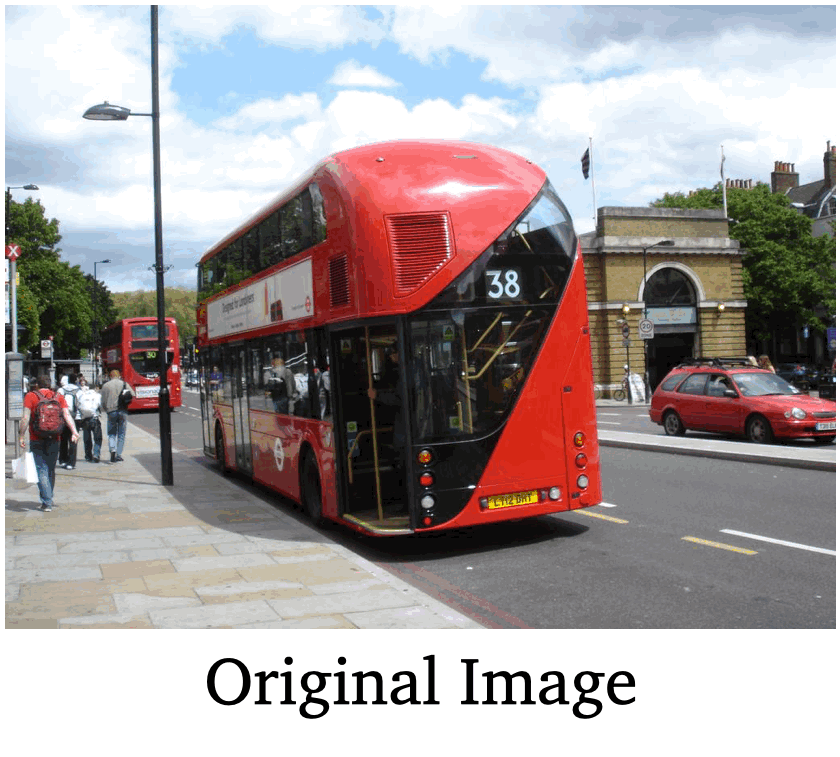
|
Aligning Forest and Trees in Images and Long Captions for Cross-Domain Grounding
Byeongju Woo, Zilin Wang, Byeonghyun Pak, Sangwoo Mo, Stella X. Yu In submission We propose F-CAST, a hierarchical image–text representation framework that aligns visual and linguistic hierarchies from long captions without region-level supervision. Trained on 30M image–text pairs, F-CAST achieves state-of-the-art results on six long-text benchmarks, demonstrating the power of hierarchical alignment for fine-grained visual–language understanding and visual grounding. |
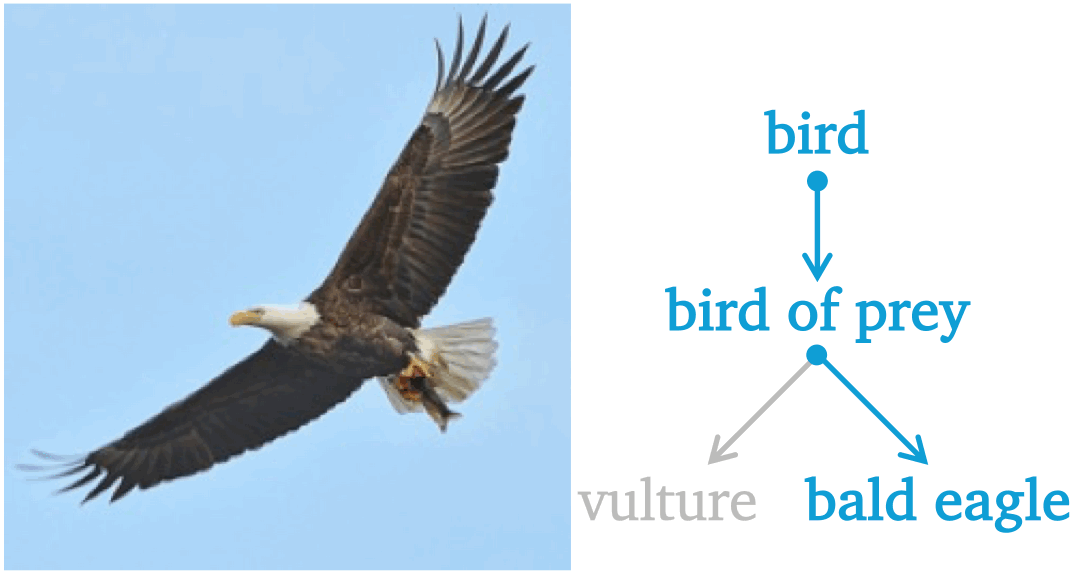
|
Free-Grained Hierarchical Recognition
Seulki Park, Zilin Wang, Stella X. Yu In submission paper / code We introduce ImageNet-F, a large-scale benchmark with mixed-granularity labels reflecting real-world annotation variability. Using this dataset, our free-grain learning framework leverages semantic and visual guidance to improve hierarchical image classification under heterogeneous supervision. |

|
Open Ad-Hoc Categorization with Contextualized Feature Learning
Zilin Wang*, Sangwoo Mo*, Stella X. Yu, Sima Behpour, Liu Ren CVPR, 2025 paper / webpage / poster / code Ad-hoc categories are created dynamically to achieve specific tasks based on context at hand, such as things to sell at a garage sale. We introduce open ad-hoc categorization (OAK), a novel task requiring discovery of novel classes across diverse contexts, and tackle it by learning contextualized visual features with text guidance based on CLIP. |
Applied Research |
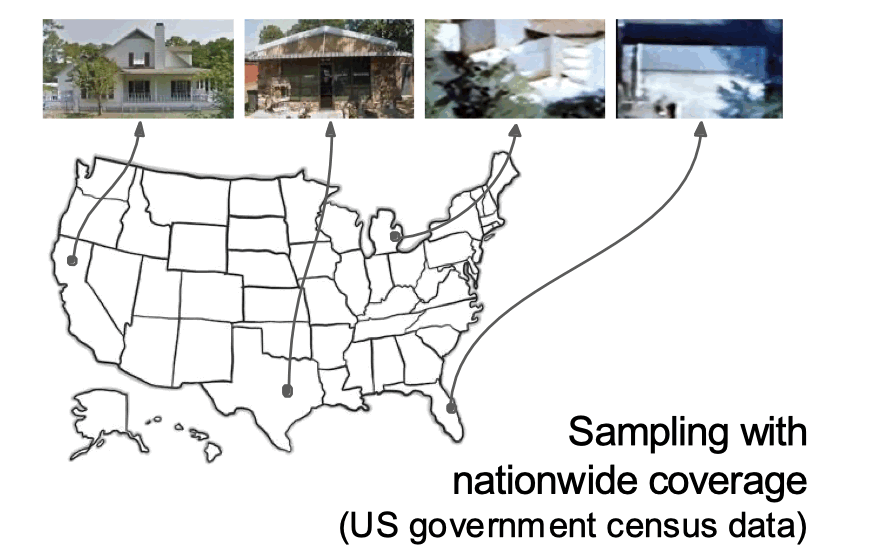
|
Nationwide Building-Attribute Benchmarking and Scalable Zero-Shot Extraction with Foundation Models
Gustavo Perez*, Zilin Wang*, Brian Wang, Fei Pan, Frank McKenna, Stella X. Yu In Submission We introduce a new nationwide dataset and a scalable zero-shot workflow for building attribute extraction using large vision-language models. Extensive benchmarking shows our approach significantly outperforms existing baselines and supervised methods. |
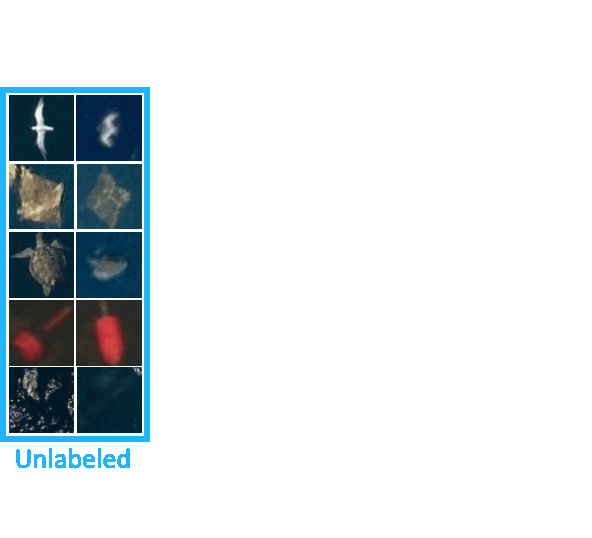
|
Unsupervised Selective Labeling for Semi-Supervised Aerial Imagery Recognition
Zilin Wang, Stella X. Yu, Kyle L. Landolt, Mark D. Koneff, Bradley A. Pickens, Sierra Schuster, Luke J. Fara, Aaron C. Murphy, Jennifer Dieck, Timothy P. White In Submission Annotating every aerial image available for training a classifier is unnecessary. Our algorithm selects a small subset of images that are diverse yet representative for labeling, leading to an effective semi-supervised classifier using only 6.4% labeled data in our case study. |
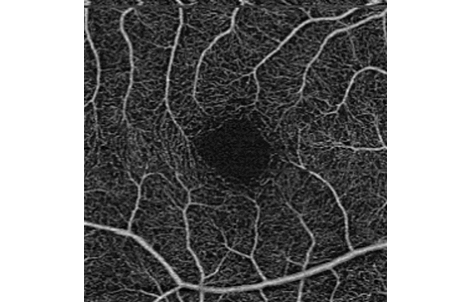
|
Deep Learning Segmentation of Foveal Avascular Zone in Optical Coherence Tomography Angiography of Nonproliferative Diabetic Retinopathy
Acner Camino Benech*, Zilin Wang*, Aditi Basu Bal, Fethallah Benmansour, Richard Carano, Daniela Ferrara ARVO, 2023; EURETINA, 2023 paper / slides / poster Foveal Avascular Zone (FAZ) segmentation can be improved by incorporating auxiliary tasks like FAZ boundary segmentation and using weak supervision from vessel segmentation. This helps the model learn finer details and contextual cues, leading to SOTA results. |
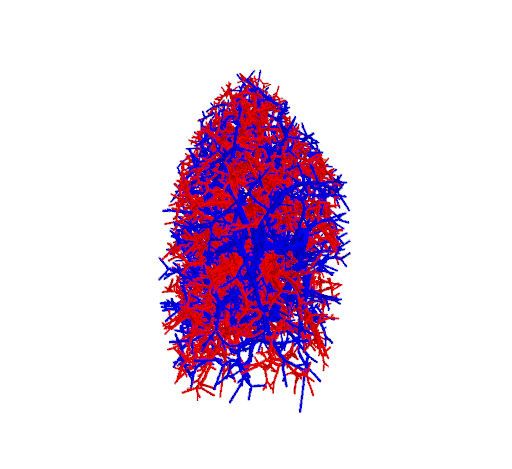
|
Pulmonary Artery-Vein Segmentation in 3D Computed Tomography Images
Zilin Wang, Sandaresh Ram, Craig Galban We present iSparseUnet, a segmentation model for 3D Computed Tomography (CT) images that leverages data sparsity, octree structure, and invertible layers for optimal efficiency. Unlike patch-based methods, it processes the entire volume at once, producing hierarchical outputs that preserve global context and maintain the connectivity of lung structures, essential for precise medical segmentation. |
TeachingUM EECS442: Computer Vision
UM EECS542: Advanced Topics in Computer Vision
UM EECS598: Action & Perception
UM SI670: Applied Machine Learning
|
Academic Service & Outreach
|
|
Design and template code from Jon Barron |
